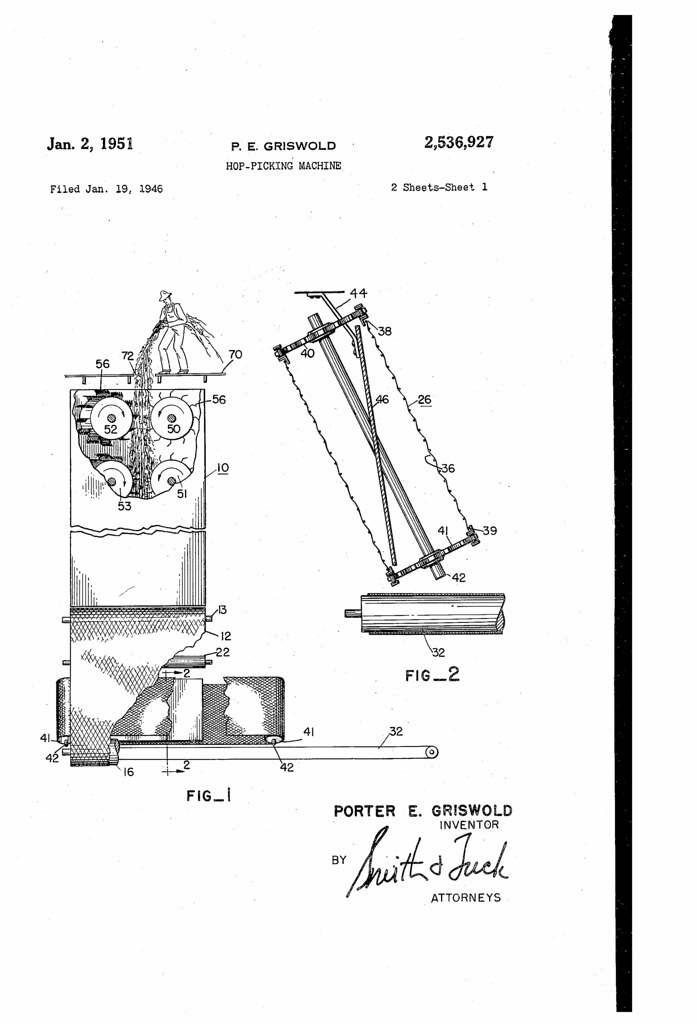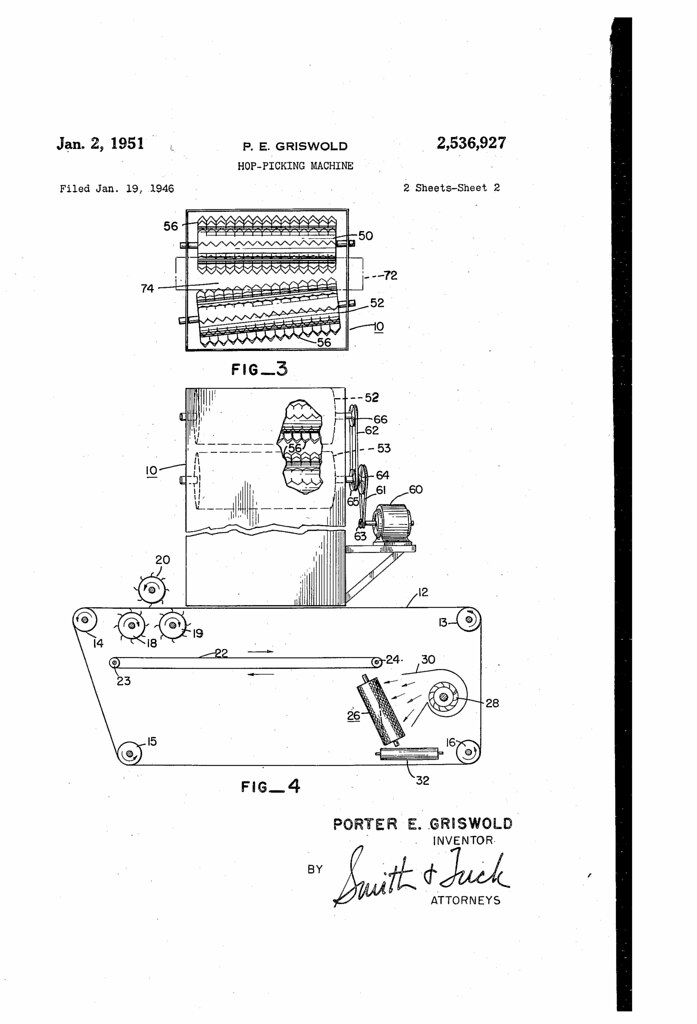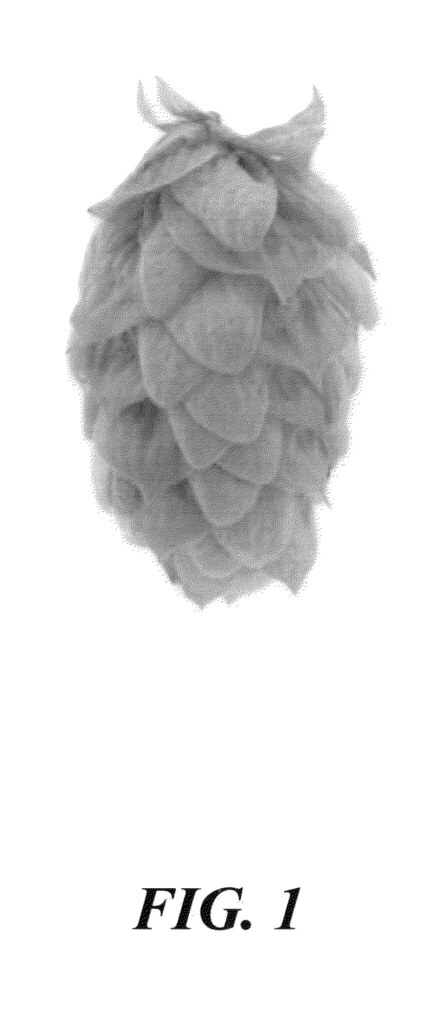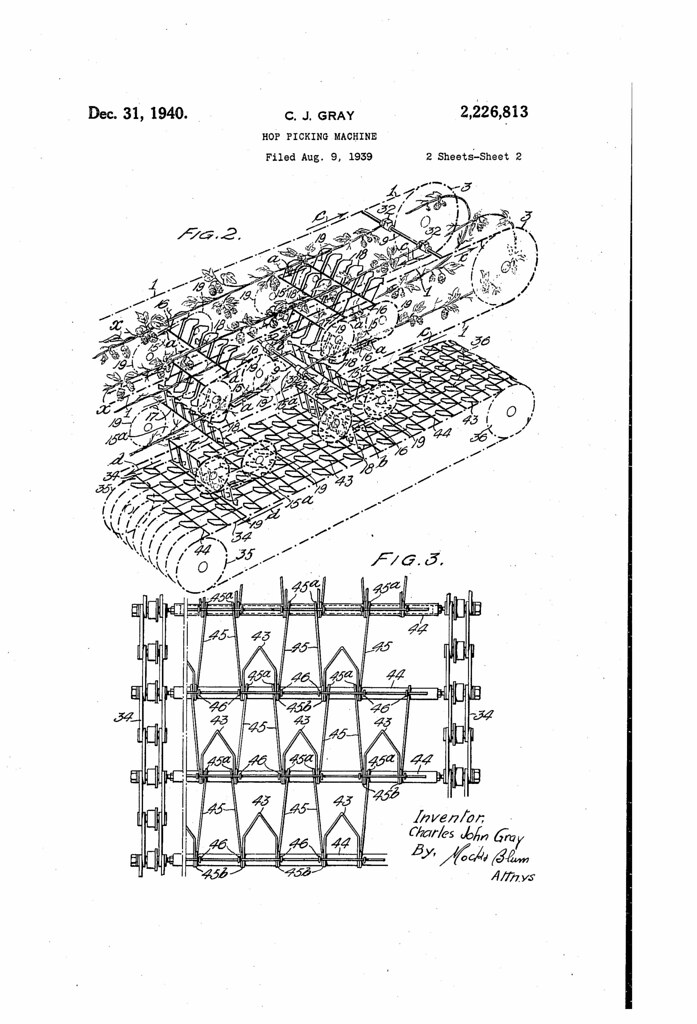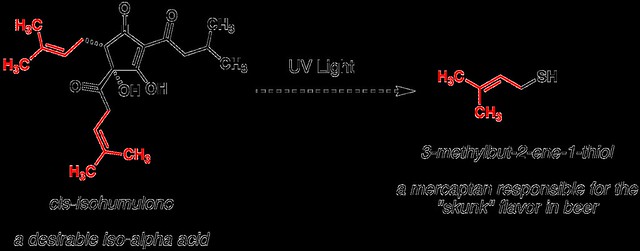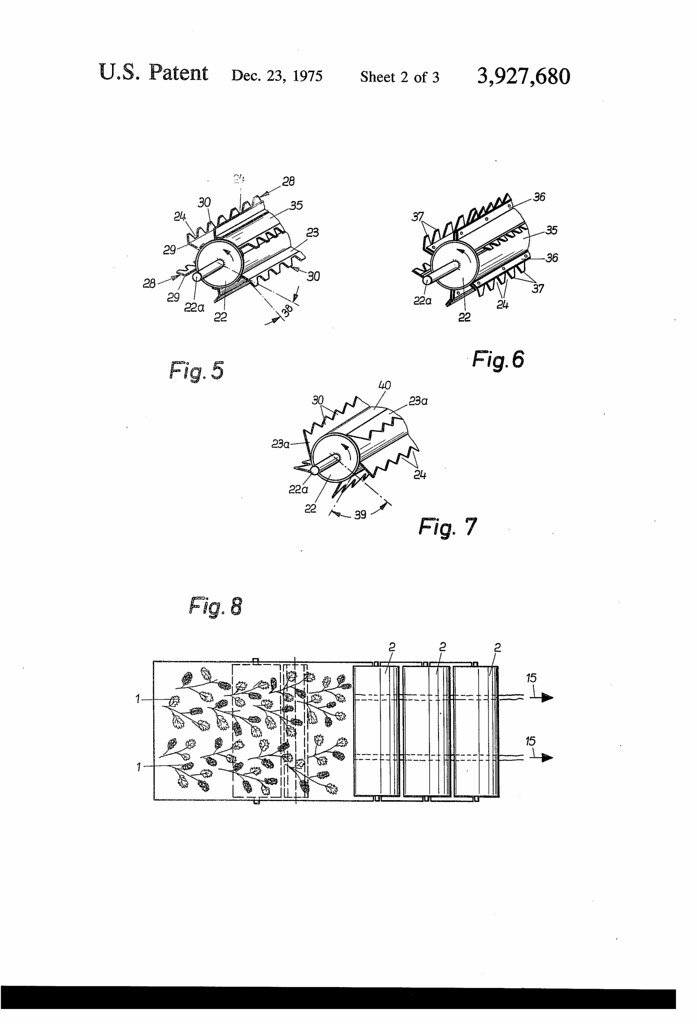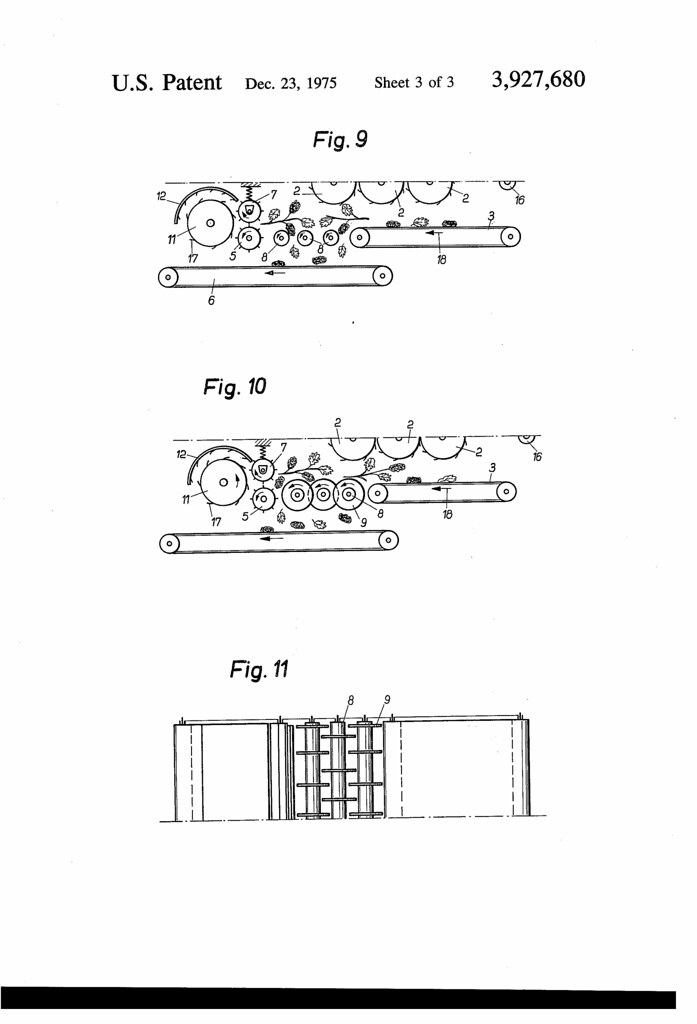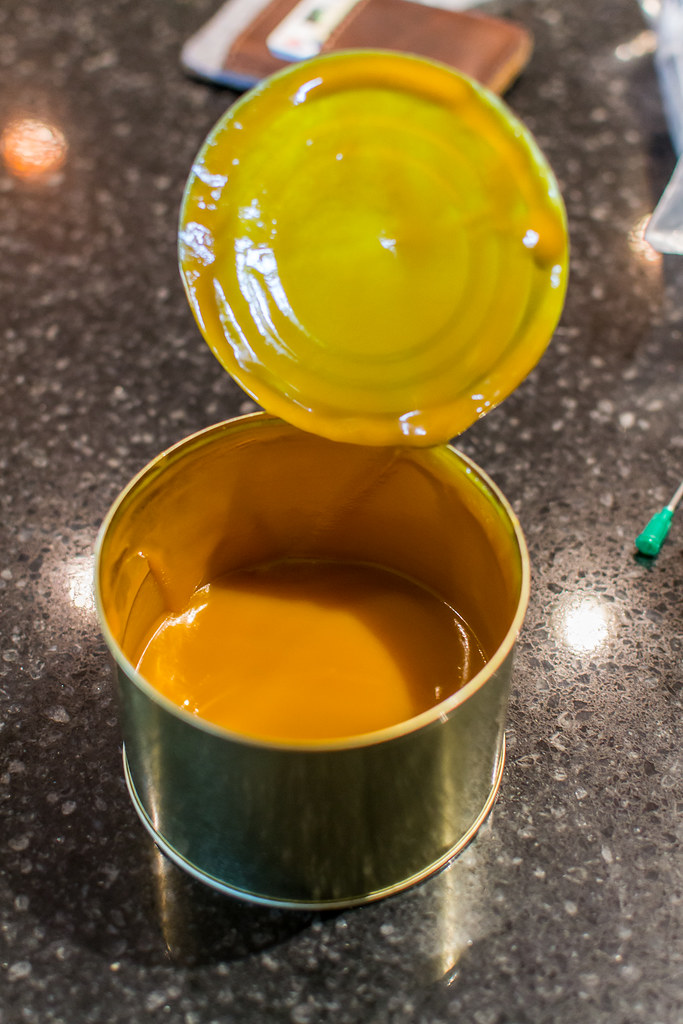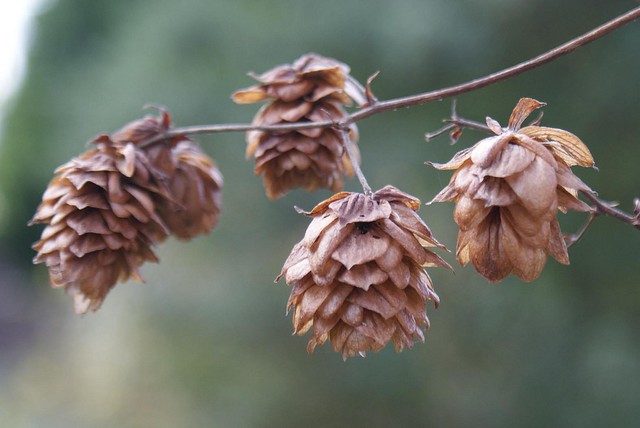
Today in 1960, US Patent 2919806 A was issued, an invention of Alvin Hock and Clarence Rechtin, assigned to the Brighton Corp., for their “Hop Strainer.” There’s no Abstract, although in the description it includes this summary:
Our invention resides in the provision of a novel hop strainer especially designed for obtaining instant separation of wort from hops.
Our invention relates in general to that type of mechanism shown in Patent No. 2,412,400 which issued to Alvin Hock on December 10, 1946. Novel features, however, have been incorporated in the machinery of the instant invention as will be emphasized in the passages which follow.
It is an object of our invention to provide a hop strainer which will remove a maximum amount of Wort from the hops without bruising or crushing the hops sufficient to impart an undesirable bitterness to the Wort. Accordingly, an important feature embodied in the construction of a hop strainer according to the teachings of our invention is that of cascading the wort and hops in a sheet or sheets against a perforated plate or screen in such a manner that the combined wort and hops contact the plate or screen in such a way that the great majority of the wort will strike through the plate or screen instantly while the hops are washed along the plate or screen without driving the hops lint and seed through the plate or screen and without undue splashing.
Another very important object of our invention is to provide means for moving the hops and wort along another’ perforated plate or plates in such a Way as to accomplish further separation of the wort from the hops again without subjecting the hops to extreme pressures or harsh treatment.
A further object of our invention is to provide a final pressing action by means of which the last usable wort lis separated from the hops at the final stage in the separation process, this also being accomplished without damage to the hops and wort.
Another important object of our invention is to provide a hop strainer which may be .cleaned easily and quickly so as to protect the purity of the brew and make it economical to use.


